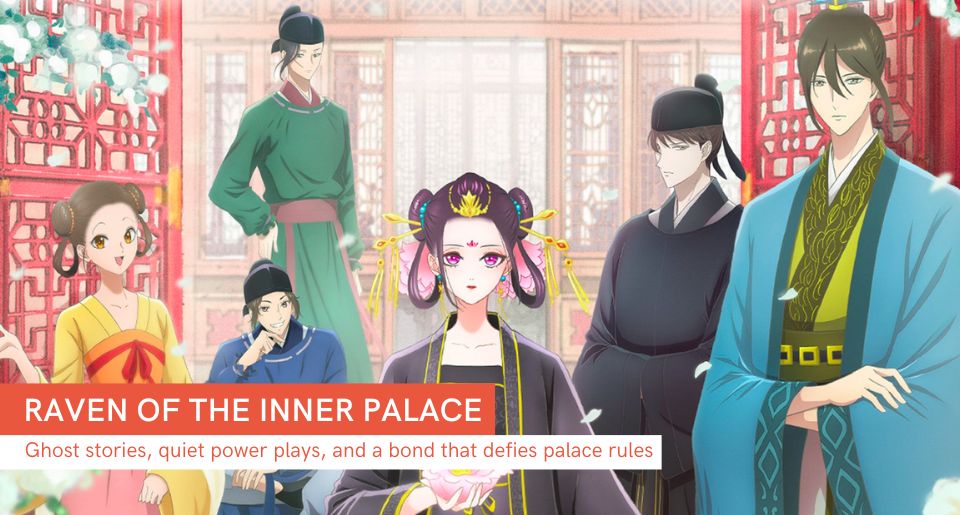Contents
- 1. Garp’s Early Introduction
- 2. Zoro’s Introduction
- 3. Changes in Orange Town Arc
- 4. Fighting Chefs at Baratie and Don Krieg’s Reduced Role
- 5. The Fights Are Shorter
- 6. Arlong Visits Baratie
- 7. Some Known Characters Are Missing
- 8. Overall Theme
- 9. Nami's Backstory
- 10. Buggy Helmeppo and Koby Get More Screentime
- Should You Watch Nexflix's One Piece Live Action
- What Do You Think?
- About The Writer
The One Piece live-action series on Netflix has taken the world by storm, becoming a massive hit and sparking heated discussions among fans of the original anime and manga. While it has garnered praise for its unique take on the beloved series, it has also raised concerns among purists who hold the source material dear. Given the necessity to condense numerous manga chapters into just eight episodes, let's explore the most notable alterations introduced in the One Piece live-action adaptation, contrasting it with the anime and manga.
Spoiler Alert: Before we dive in, be aware that this article contains spoilers for the first season of the One Piece live-action series as well as the anime and manga. If you want to preserve your experience, consider watching the anime or reading the manga first!
1. Garp’s Early Introduction

Vincent Regan as Vice-Admiral Garp in the live action adaptation.
One of the most substantial departures from the source material in the One Piece live-action series is the early inclusion of Marine Vice-Admiral Garp. In the live-action, Garp becomes aware of Luffy's travels in East Blue and actively pursues him, culminating in their confrontation at Coco Village. Furthermore, the series reveals Garp as Luffy's secret grandfather, who initially wanted Luffy to join the Marines instead of becoming a pirate.
In contrast, in the anime and manga, Garp's introduction takes place much later. He makes his debut during a filler episode explaining the fate of Captain Morgan after his defeat by Luffy and Zoro. Properly introduced as Luffy's grandfather in episode 313, Garp catches up with the Straw Hat Pirates to deliver a stern message to Luffy.
Straw hats meet luffy's grandpa garp | one piece
Luffy meets Garp.(Live action).
The decision to include Garp early in the live-action series was made to inject a sense of pursuit and jeopardy into the first season, a change that not all fans were thrilled with.
2. Zoro’s Introduction
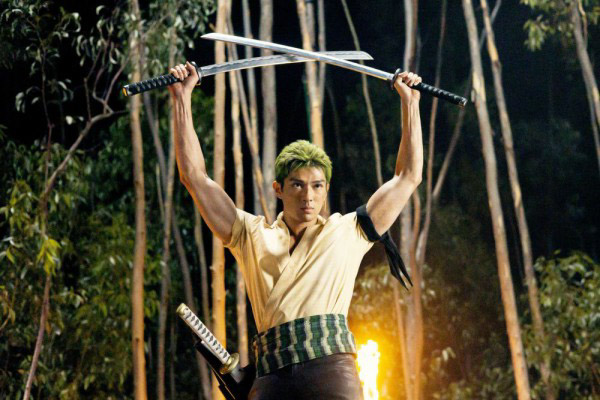
Arata Mackenyu as Roronoa Zoro, as seen in the live action.
Zoro's introduction differs from the anime in a significant way. In the anime, Zoro is initially introduced when he is tied to a cross in Captain Morgan's base at Shells Town, recounting to Luffy how he got himself imprisoned.
In the live-action adaptation, Zoro is first seen on Sixis Island, where he confronts and takes on Mr. 7 from Baroque Works. This confrontation results in Zoro defeating Mr. 7 by slicing him in half. This particular encounter was never depicted in the original manga or anime series; instead, it was only briefly mentioned during the Alabasta arc. Interestingly, Zoro’s confrontation with Mr. 7 in the first episode also serves as the introduction to Baroque Works, a crime organization which doesn’t get introduced in the anime until a few arcs later.
Zoro rejects Baroque Works' invitation
Zoro vs Mr. 7 Fight Scene | One Piece Episode 1
3. Changes in Orange Town Arc
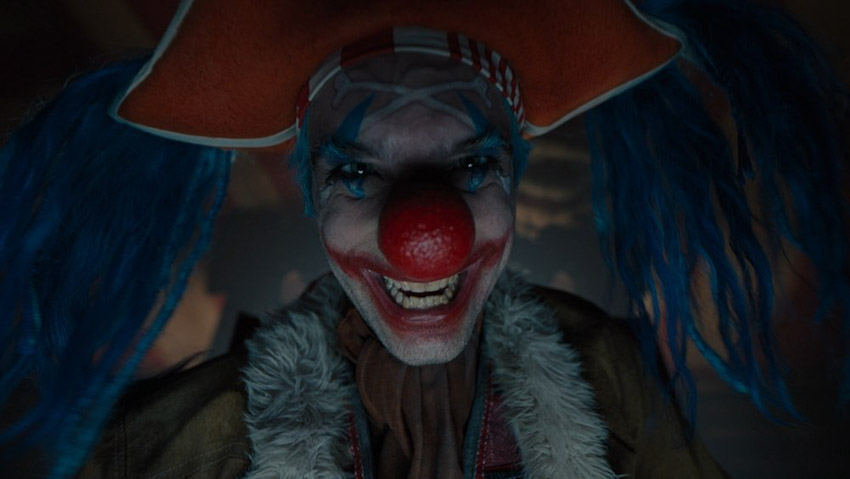
Jeff Ward as Buggy.
The Orange Town arc undergoes significant alterations in the live-action series, while preserving its core essence. Notably, Nami's introduction takes a distinct path; unlike the manga, where she debuts in this arc, the live-action and anime diverge in their approach.
In the live-action version, the battle with Buggy took place mostly within a circus tent, as opposed to the source material, where it encompassed the entire town. Furthermore, in the live-action adaptation, the audience in the circus have been kidnapped, heightening Buggy the Clown's menacing presence.
Mayor Boodle and Chouchou, two crucial characters in the manga and anime's defense of the town, were conspicuously absent from the live-action adaptation. Their roles were drastically reduced, with only brief cameo appearances. Furthermore, the live-action version had Buggy briefly seizing the Straw Hat crew's map of the Grand Line before they were able to recover it, differing from the manga where they first stole it from Buggy.
4. Fighting Chefs at Baratie and Don Krieg’s Reduced Role
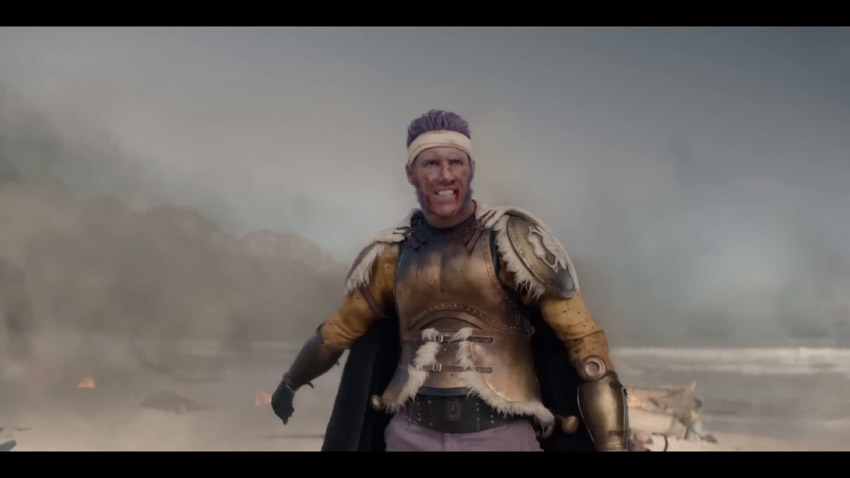
Don Krieg’s brief cameo in the live action series.
In the anime and manga, Sanji isn't the sole combat-proficient chef in the Baratie's kitchen. Under the leadership of Zeff, a former pirate, many of the restaurant's cooks are renowned for their pirate-like prowess, and they are more than capable of defending the establishment.
However, their significance in the live-action adaptation is notably diminished, primarily due to the near-omission of the pirate captain Don Krieg. In the anime, a full-scale showdown unfolds between the Straw Hats, the Baratie staff, and Don Krieg's crew after Mihawk devastates the latter's fleet on the Grand Line. In contrast, the live-action series relegates Krieg to a mere cameo appearance, using the destruction of his crew as a display of Mihawk's overwhelming power before his duel with Zoro.
5. The Fights Are Shorter
The live-action series condenses some of the major boss fights compared to their anime and manga counterparts. This reduction in the length of battles can lead to fans feeling that some iconic confrontations lack the intensity and depth found in the source material.
While the essence of these battles is retained, the live-action prioritizes pacing, sometimes resulting in viewers missing out on the intricacies and emotional depth present in the original battles.
6. Arlong Visits Baratie
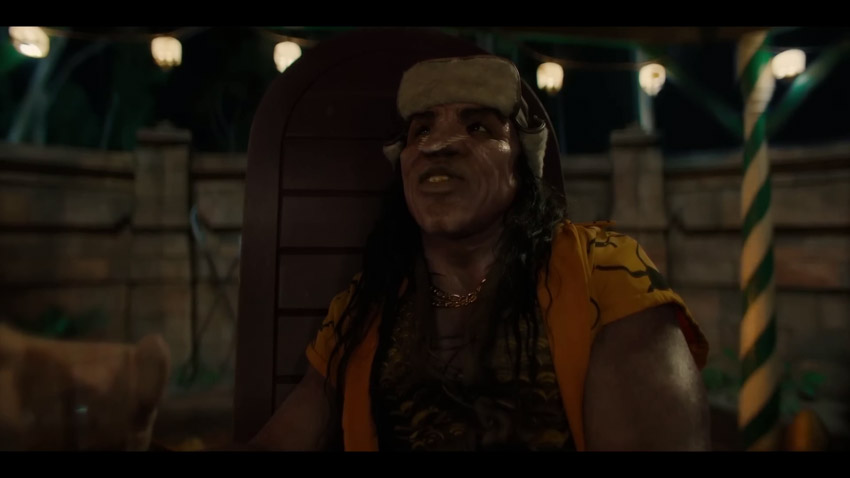
McKinley Belcher III as Arlong.
In the live-action adaptation, Arlong visits the Baratie restaurant earlier in the story, disrupting the lives of the chefs and creating a different dynamic compared to the source material. This change not only alters the timing of events but also affects character interactions and the overall flow of the narrative.
In the manga and anime, the Straw Hat Pirates' confrontation with Arlong takes place at Arlong Park, not at Baratie. This alteration in the live-action series shifts the stakes and context of the encounter between the two parties.
7. Some Known Characters Are Missing
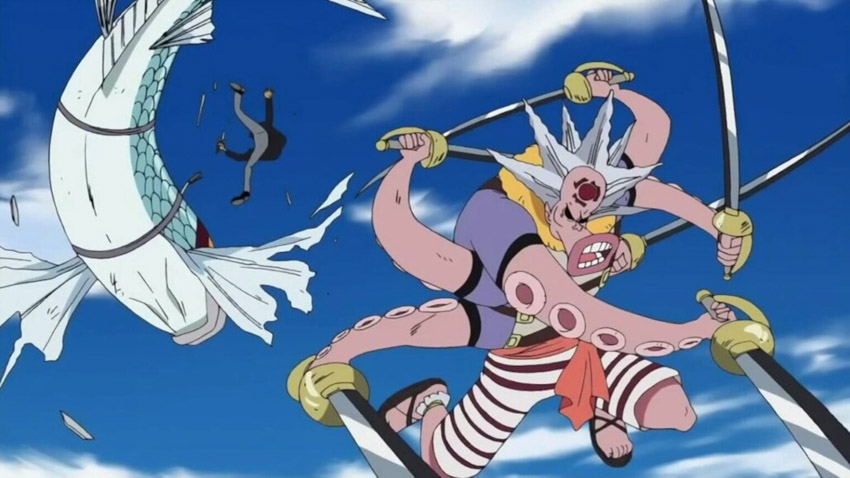
Hatchan, as seen in the anime.
The live-action series omits several beloved characters from the One Piece world due to time constraints and budget limitations. Characters such as Hatchan, Gaimon, Jango, Johnny, Yosaku, the Usopp Pirates (three kids), and Sea King Momoo are notably absent from the live-action adaptation. These characters played significant roles in the source material, contributing to the richness of the One Piece universe.
Hatchan, in particular, is a vital member of the Arlong Pirates and assumes a crucial role in future story arcs. The omission of these characters raises questions about how the live-action team will address their absence in future seasons and storylines.
8. Overall Theme
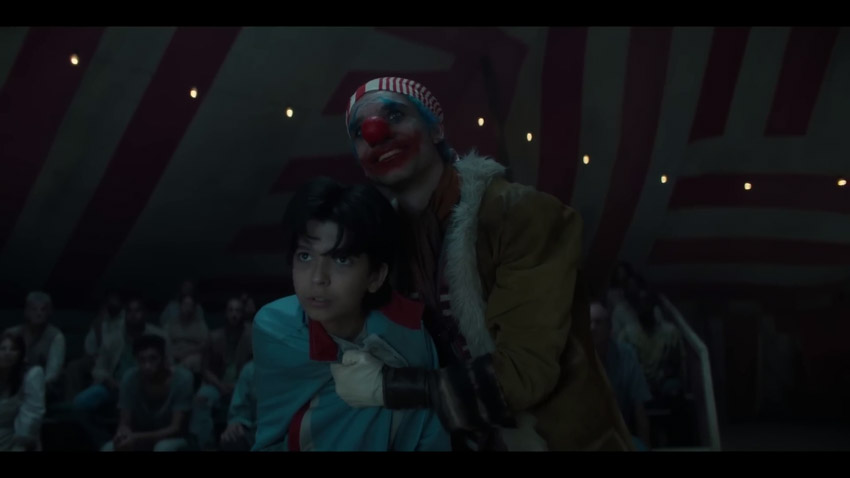
While the One Piece manga and anime aren't strangers to darkness and violence, the live-action adaptation takes a more realistic and at times, grittier approach. For instance, the Zoro vs. Mr. 7 fight ends in a brutal death in the live-action, creating a darker tone compared to the anime. The live-action also favors nighttime scenes, contrasting with the anime's daylight setting for pivotal events.
Initially light-hearted, the anime features humorous character interactions, especially with the affable Luffy. However, the live-action introduces a more serious and dark atmosphere, particularly with characters like Buggy D. Clown, who has a less comedic portrayal. Additionally, it diverges from the anime by choosing to kill off Merry, the shipbuilder of the Going Merry.
Despite these changes, the live-action adaptation still manages to incorporate humor and enhances the crew's chemistry over time. Unlike the anime's extended run, the live-action series faces constraints in production costs and viewer commitment, influencing its approach.
9. Nami’s Backstory
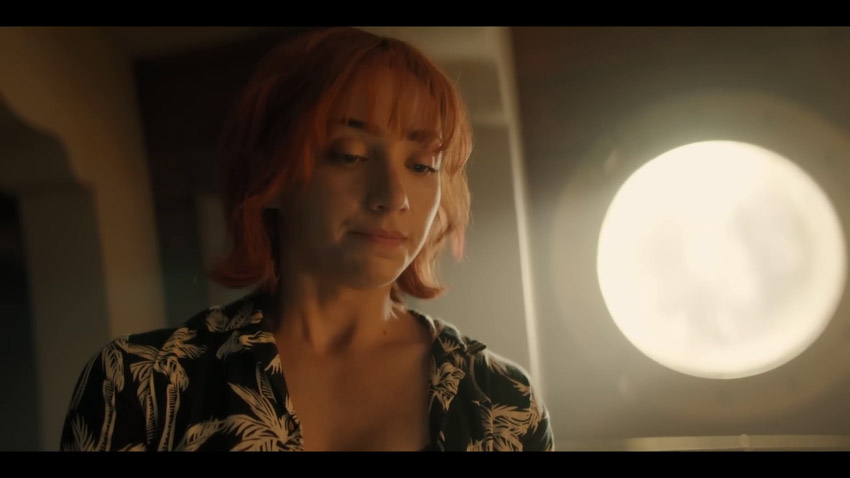
Despite its age, the Arlong Park Arc remains one of the most cherished storylines in the history of One Piece. Nami's heart-wrenching backstory and her relentless struggle to free her village from the grip of the Arlong Pirates have left an indelible mark on fans' hearts. Unfortunately, the live-action adaptation of One Piece presents a slightly different portrayal of the villagers in her hometown.
In the One Piece anime, the villagers are fully aware that Nami's actions as a pirate and burglar are undertaken for their greater good, harboring no resentment towards her. However, in the live-action series, these characters are unaware of her secret agreement with Arlong, leading them to hold genuine animosity towards her. This shift in character dynamics makes it more challenging for viewers to sympathize with and support these villagers in the live-action adaptation.
10. Buggy, Helmeppo and Koby get more screentime

Koby and Helmeppo.
In the live-action series, Vice-Admiral Garp is joined by two cadets, Koby and Helmeppo, during his pursuit of Luffy. Their increased presence in season one stems from Garp's expanded role, resulting in original story elements like Garp using Koby to find Luffy.
Buggy's role also takes a different turn in the live-action. Instead of following the original anime storyline where he interacts with Gaimon, Buggy becomes a tool for fishmen who use his head for surveillance. Additionally, he makes an appearance in the Baratie arc, a departure from his original role. This choice adds a fresh twist to his character compared to the anime.
Should you watch Netflix’s One Piece Live-Action?
ONE PIECE | Official Trailer | Netflix
ONE PIECE | Final Trailer | Netflix India
Absolutely. Surprisingly, the series is genuinely good, and that's the most unexpected part, considering the track record for botched anime live-action adaptations by the West. The eight-episode season adapts the first arc of the One Piece manga, the East Blue Arc, and with Eiichiro Oda's strong involvement and full approval, it's a worthwhile watch.
If you want more reasons why you should watch One Piece Live-Action, you can read our article here!
You can also relive the whole One Piece experience by buying the manga and collecting merch, which you can buy straight from Japan only here at ZenPlus!
What do you think?
How many seasons will there be for the One Piece live-action?
Are you also one of those people who watched One Piece because of Mackenyu despite not watching the anime before?
Do you think the darker tone in the live action is better or do you like the light-hearted tone in the anime better?
Let us know in the comments or drop us a line on social media: X (formerly Twitter), Instagram, Facebook! We’d love to hear from you!
ZenPlus is your one-stop shop for all things Japanese. Check out our marketplace for manga volumes, cosplay, figures, and other merch from the One Piece franchise!
You can watch One Piece Live Action exclusively on Netflix.
About The Writer
Cristy is a freelance artist and writer who has been obsessed with anime and manga since childhood. Her love for these imaginative worlds fuels her creative endeavors, and she shows no signs of stopping anytime soon.




